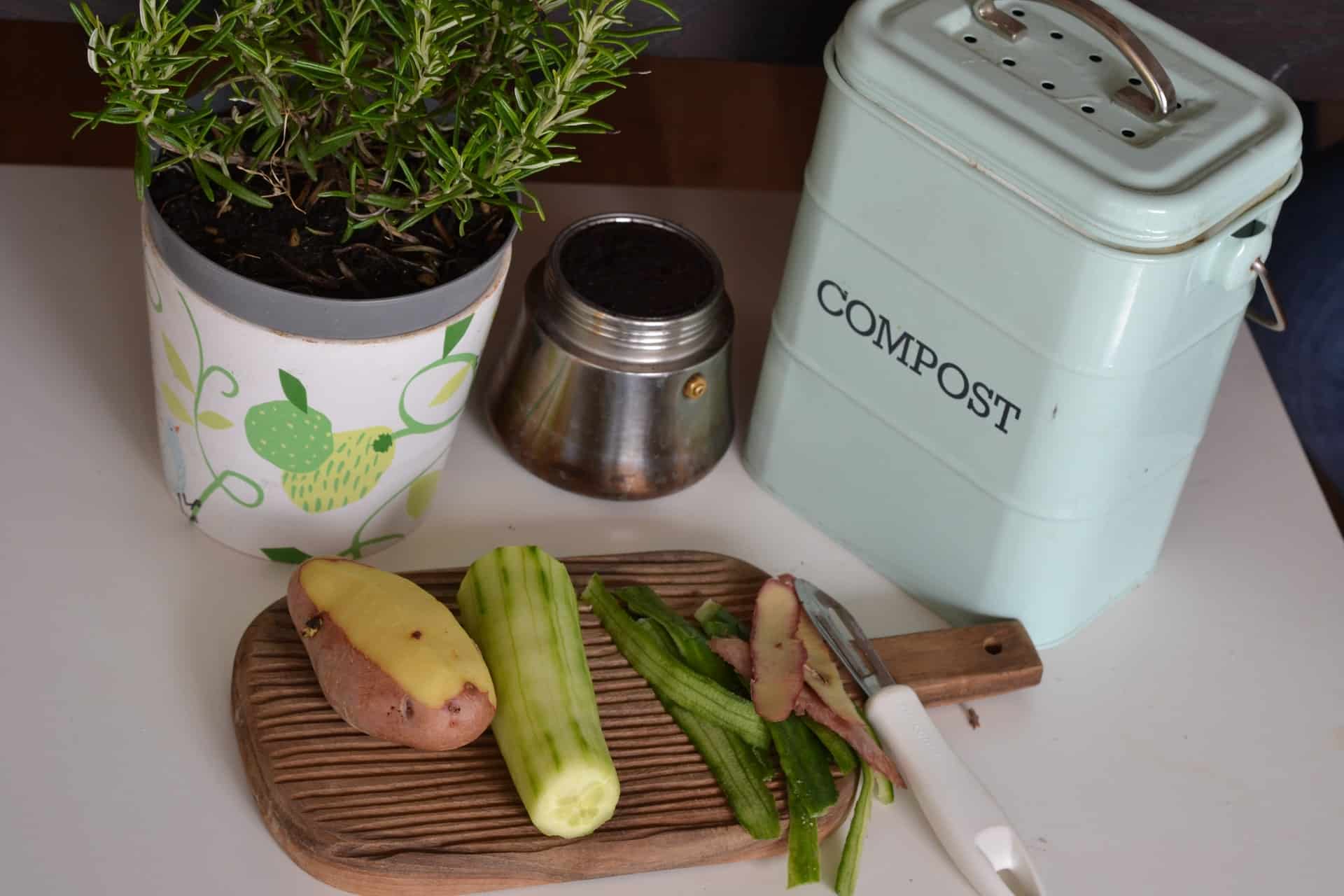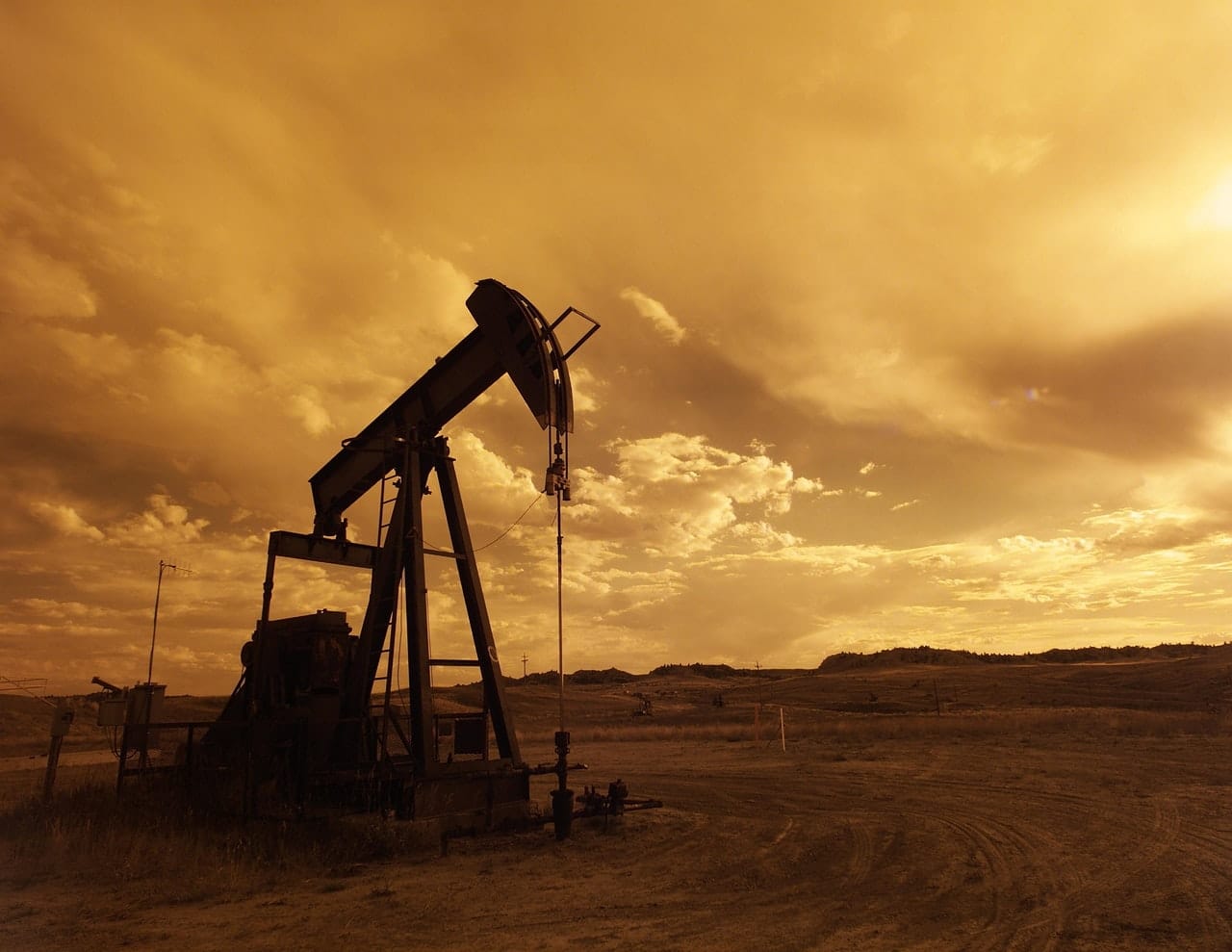
The Environmental Footprint of Bottled Water + Solutions (Water Filters)

Plastic has made its way into many aspects of our lives, from clothing manufacturing to bottles and containers. The usefulness of plastic has, unfortunately, quite a few drawbacks as many industries use it abusively, and we all know just how bad plastic is for the environment. The bottled water industry is one that contributes the most to plastic pollution. Seeing as we face increasing levels of environmental problems, we need to start becoming more aware of these issues and actively contribute to finding solutions.
The Carbon Footprint of Bottled Water
A negative environmental impact is often referred to as leaving a carbon footprint. Many human comforts in modern days are responsible for some of that carbon footprint, and bottled water is one. One reason why, has to do with the materials used in manufacturing plastic bottles. Everything in nature decomposes, but with the advent of plastic, this new element has been introduced to the world with its very slow decomposition rate.
Many of the plastic bottles produced end up in landfills, after which they can reach the oceans. Determining carbon footprint usually entails calculating the total emission created by a single individual, product, or organization, by making an equivalent in carbon dioxide. A lot of numbers are floating around regarding bottled water’s carbon footprint, but the most simplified one is 800 bottles a year consumed by only one household adds up to 350 pounds of CO2. This result is equated to a 368-mile drive with a car.
This is just one example and does not take into account what organizations are putting out there in terms of plastic bottle waste. Carbon footprint multiplied by however many other such examples will stack up to a very high rate of CO2 emissions. It’s an alarming rate, one that does not seem to stop, but only gets higher. Faced with all these hard numbers many wonder what can be done to lower these rates and reduce carbon footprint, specifically from bottled water products.
What Plastic Pollution Looks Like
Plastic has a nasty way of ending up where it’s not supposed to, like the oceans. Apart from it endangering marine life by getting stuck in animals’ airways, plastic can also pollute on a microscopic level. Plastic breaks down very slowly, estimated at around 450 years. This, accounting for the fact plastic has only been around for 100 years, makes it incredibly durable. In addition, there are bottles made from single-use plastic, which as the name suggests, are good for only one use and then thrown away.
When the disintegration process does begin it has another layer of inconvenience to it. Exposed to natural factors like wind and ultraviolet radiation, plastic breaks down and releases small particles. These small plastic particles are very easy for ocean-dwelling animals to ingest by accident and wreak havoc on their bodies. All these factors and dangers make plastic far more inconvenient in the long run than the benefits it provides.
How to Reduce the Environmental Footprint of Bottled Water?
So many years of plastic use have made it hard to let go of some of the comforts it offers. When it comes to bottled water, however, the solutions to reduce its environmental footprint are much easier than we may assume.
Recycling
While some consumers use reusable water containers, many consumers still prefer bottled water instead of tap, and as such continue to buy bottled water from the store. Making use of recycling systems is a way in which plastic bottles can be reused and thus limit how much new plastic gets made. Single-use plastic bottles are, however, an example of a plastic that cannot be recycled. Recent years have seen a shift in using unrecyclable plastic, thankfully, with a few companies opting for PET plastic instead.
When it comes to environmental impact PET is believed to have a much lower effect overall. PET is 100% recyclable and this makes it a more viable option than single-use plastic. Unfortunately, the water bottling industry will not fall in line as easily, and not every bottling company will use PET.
Filtering Home Water Sources
There is no better way of reducing bottled water plastic waste production than opting to use one’s own tap water. Granted not everyone is happy with the drinking quality of their tap water, which is why implementing a water filtration system is a viable option. This can take the form of any type of filter, depending on the water quality and source, from pitcher filter to under sink water filter for well water.
Water bottle branding and advertising almost always depict this clear flowing stream of crystalline water, making it seem this is the purest water money can buy. The truth is the water bottling industry is so huge, it is extremely rare for a water source to come from a special mountain spring. Most bottled water from stores has the same source as municipality water, Aquafina is one such brand that has now written on their label the water source as being a public one.
Government Involvement
While it is a good start to have local households implement water filtration systems or opt to recycle as much as possible, it may still not be enough in the end. Governments need to work with industries and research institutions to find better solutions for disposing of and rethinking plastic waste in general. It would be a hard change to drastically remove plastic on the consumer side, but more sustainable measures are needed for this to actually work.
Conclusion
The environmental footprint of bottled water is but one cog in this system and it will take a lot of work to undo it. Better solutions are to be had and they will need more than just local and regional implementation. For results to actually happen, societal norms and consumer culture have to also shift. More funding and higher innovations could hold an answer and offer multiple solutions, but accomplishing them may be hard. Industries are mostly resistant to such change and it can prove to be an uphill battle, but the achievements would be remarkable.



Anonymous
I think that stopping buying water in plastic bottles and using a filtering system instead is a great way to reduce plastic waste.